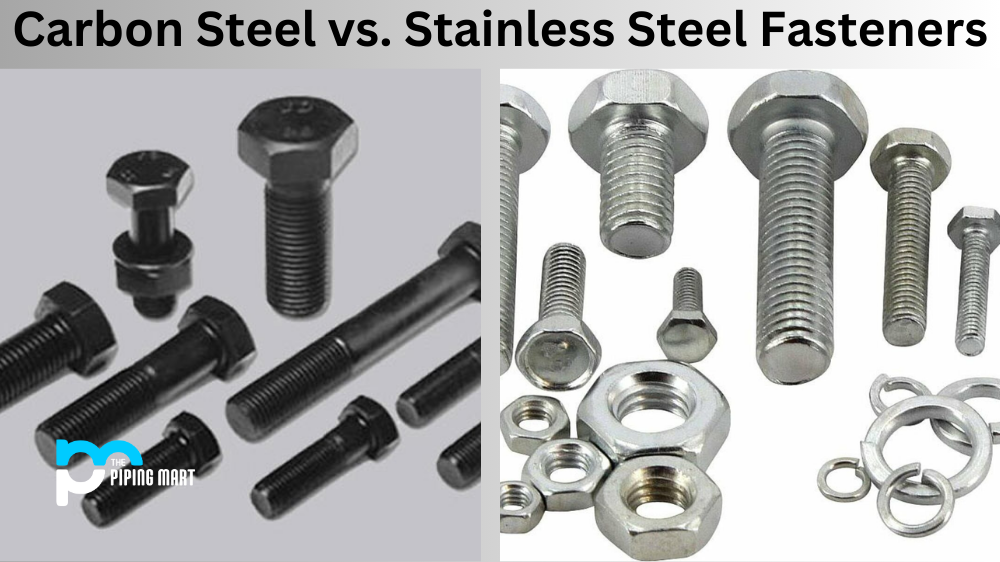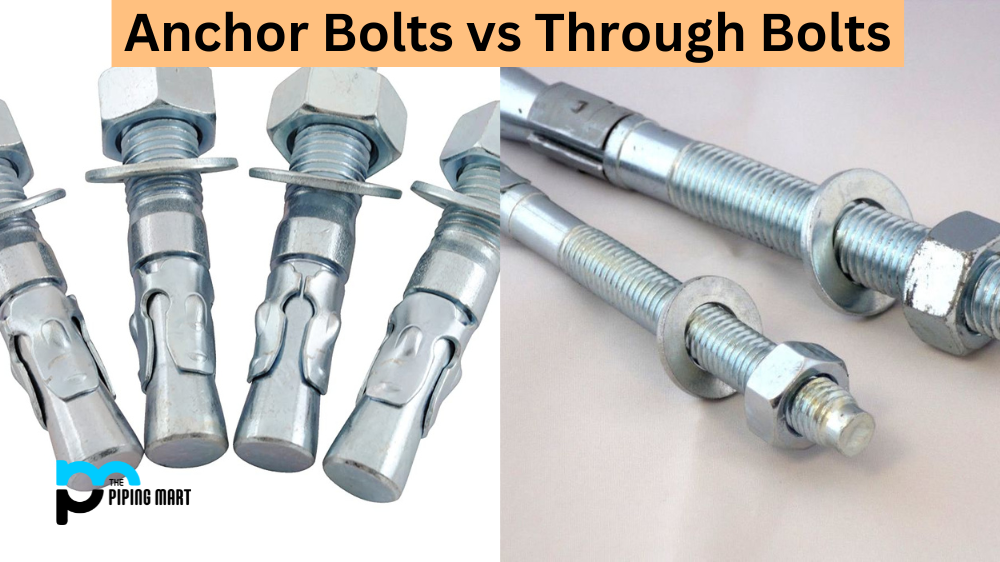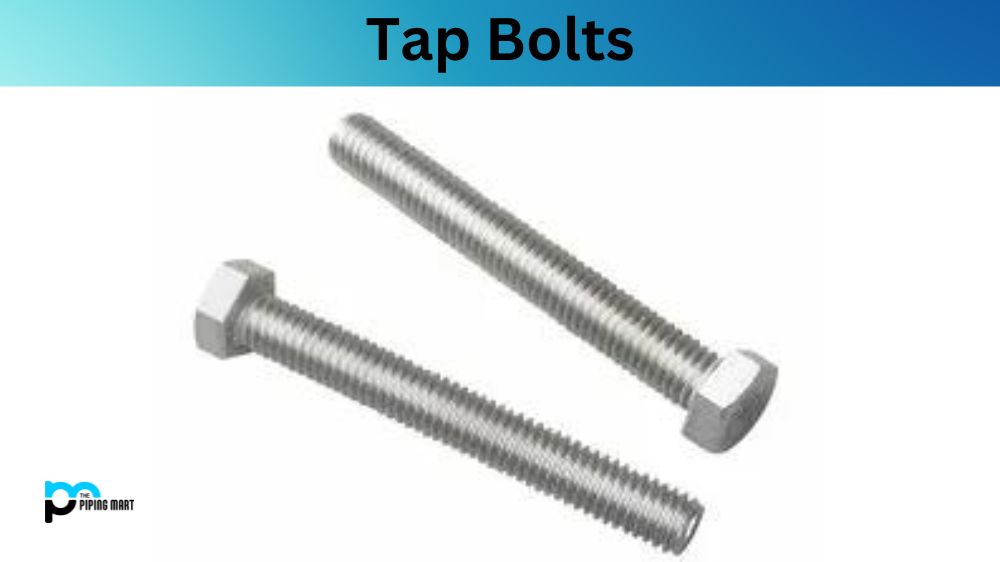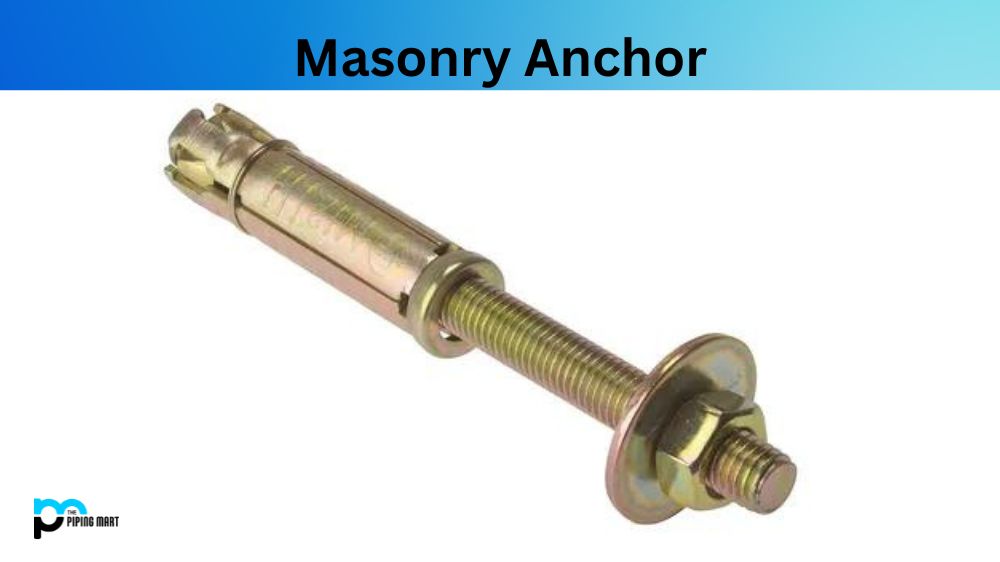When it comes to fasteners, choosing the right material is essential to ensure durability, reliability, and strength. Carbon and stainless steel are two of the most commonly used materials in the construction industry. While both materials have unique properties, choosing the right one can make a vast difference in the performance of the fasteners and the structure they hold. In this blog post, we will delve deep into the properties of carbon steel and stainless steel fasteners and help you understand which one to choose for your next construction project.
What is Carbon Steel Fasteners?
Carbon steel is one of the most widely used materials in the construction industry thanks to its strength and durability. It is composed mainly of iron and carbon and is known for its high tensile strength. Carbon steel fasteners are commonly used in applications where strength is a major consideration. They are ideal for high-stress applications like bridges, towers, and other heavy infrastructure. Carbon steel fasteners are also widely used in the automotive and aerospace industries.
What is Stainless Steel Fasteners?
Stainless steel is also popular for fasteners, mainly due to its corrosion-resistant properties. It is made by adding chromium to iron, which creates a protective layer of chromium oxide that protects the underlying metal from corrosion. Stainless steel is ideal for use in environments exposed to moisture and other corrosive elements, such as marine and coastal environments. Stainless steel fasteners are widely used in construction projects involving swimming pools, docks, and coastal structures.
Stainless steel fasteners are essential in construction, manufacturing, and everyday life. These fasteners are made from iron alloys containing at least 10.5% chromium and offer superior strength, corrosion resistance, and aesthetic appeal.
The versatility of stainless steel makes it the go-to choice in a wide range of applications. From holding together heavy machinery to securing delicate electronics, these fasteners provide exceptional durability and reliability.
Carbon Steel vs. Stainless Steel Fasteners
Choosing between carbon steel and stainless steel fasteners ultimately depends on the application. Carbon steel fasteners are an excellent choice if you want strength, durability, and reliability. They are ideal for high-stress tolerance applications, such as bridges, towers, and other heavy-duty infrastructure. On the other hand, stainless steel fasteners are an excellent choice if you are looking for corrosion resistance and durability. They are ideal for moist environments, such as coastal and marine environments.
One of the key differences between carbon steel and stainless steel fasteners is their corrosion resistance. Carbon steel fasteners may rust over time, particularly in environments exposed to moisture and other elements that cause corrosion. On the other hand, stainless steel fasteners are highly resistant to corrosion and can withstand exposure to saltwater and other corrosive elements.
Another major difference between carbon steel and stainless steel fasteners is their price. Carbon steel fasteners are generally less expensive than stainless steel fasteners. However, when long-term durability and corrosion resistance are a major consideration, the initial price tag of stainless steel fasteners is often justified.
Conclusion:
Choosing the right fastener material is an essential part of any construction project. Carbon steel fasteners are an excellent choice if you want high strength and durability. If you need corrosion resistance and durability in harsh environments, stainless steel fasteners are the way to go. Choosing between carbon steel and stainless steel fasteners depends on your application and budget. Consider the properties of each material carefully and make an informed decision to ensure the longevity and reliability of your project.

Pipingmart is a B2B portal that specializes in metal, industrial and piping items. Additionally, we share the latest information and information about materials, products and various types of grades to assist businesses that are involved in this business.




